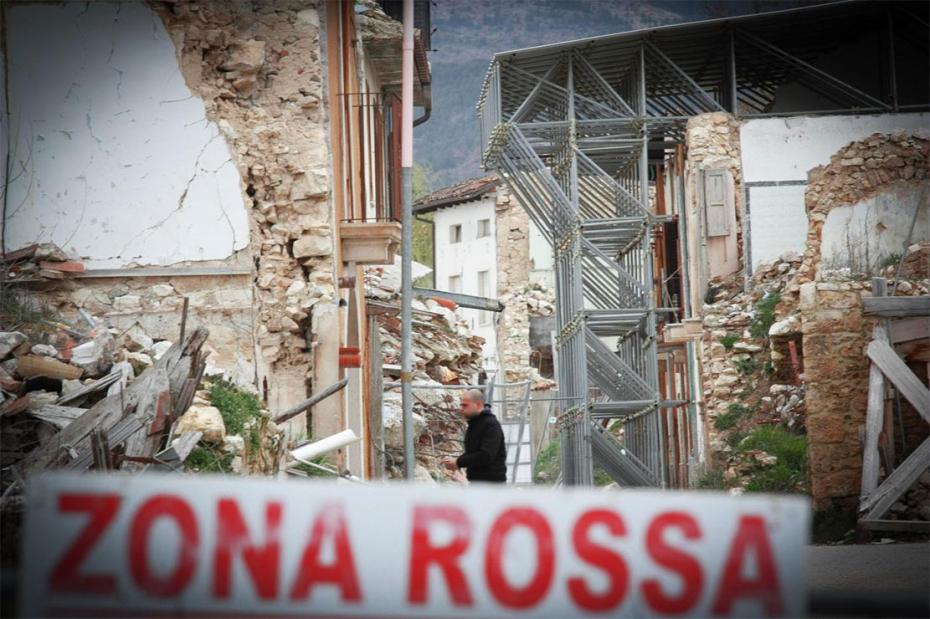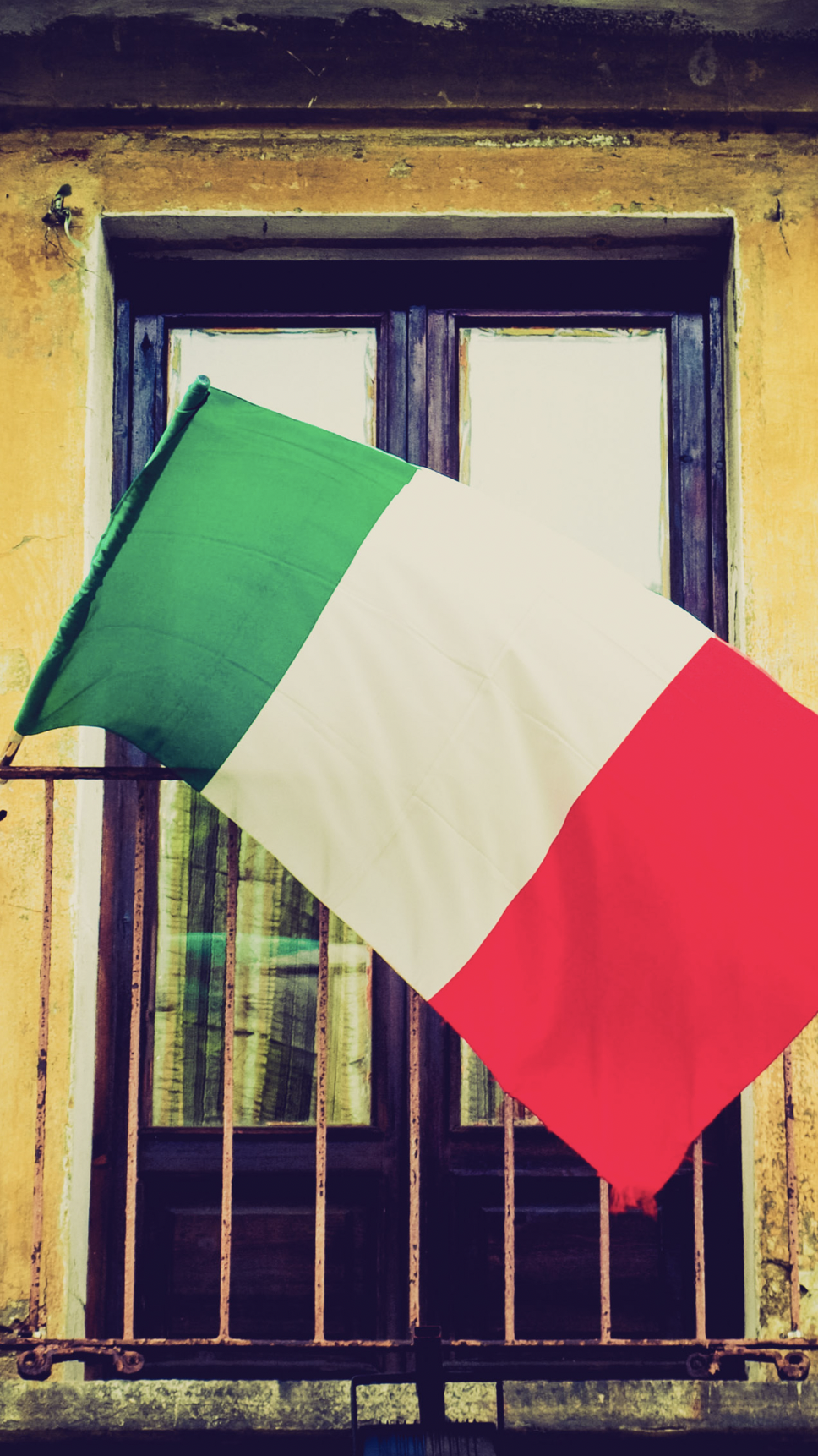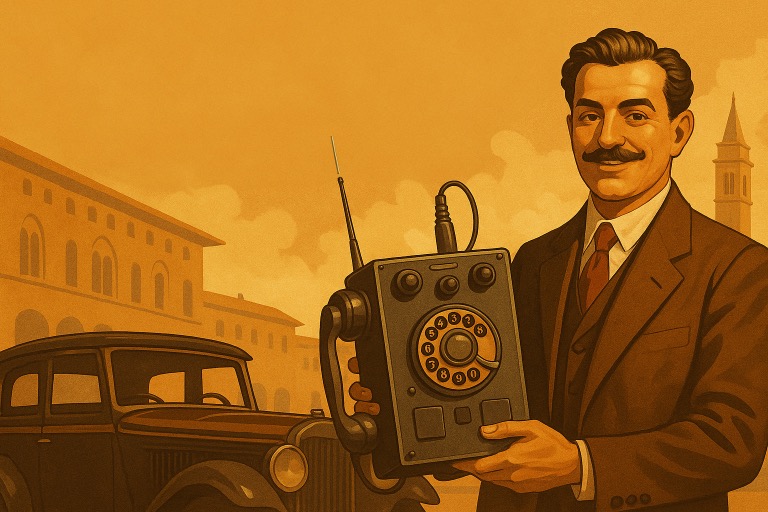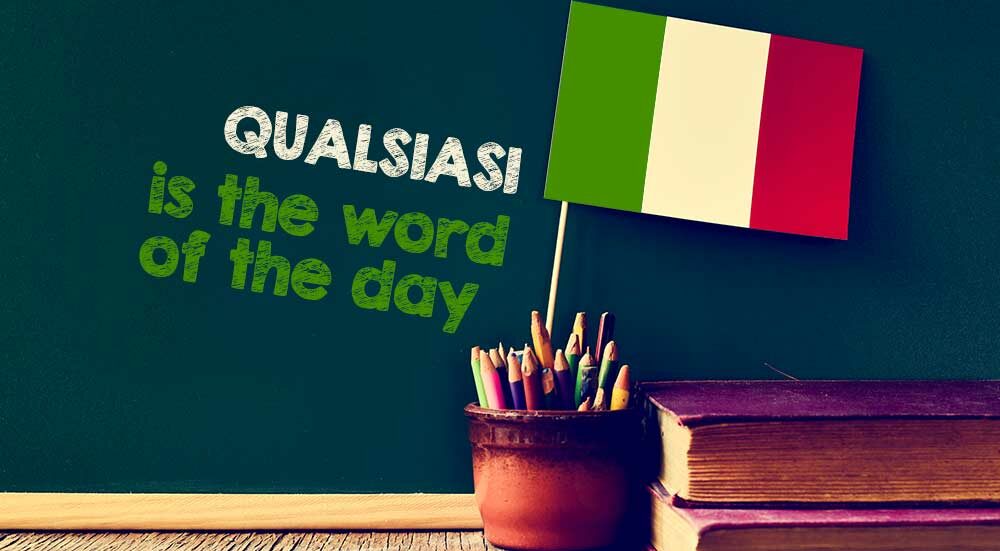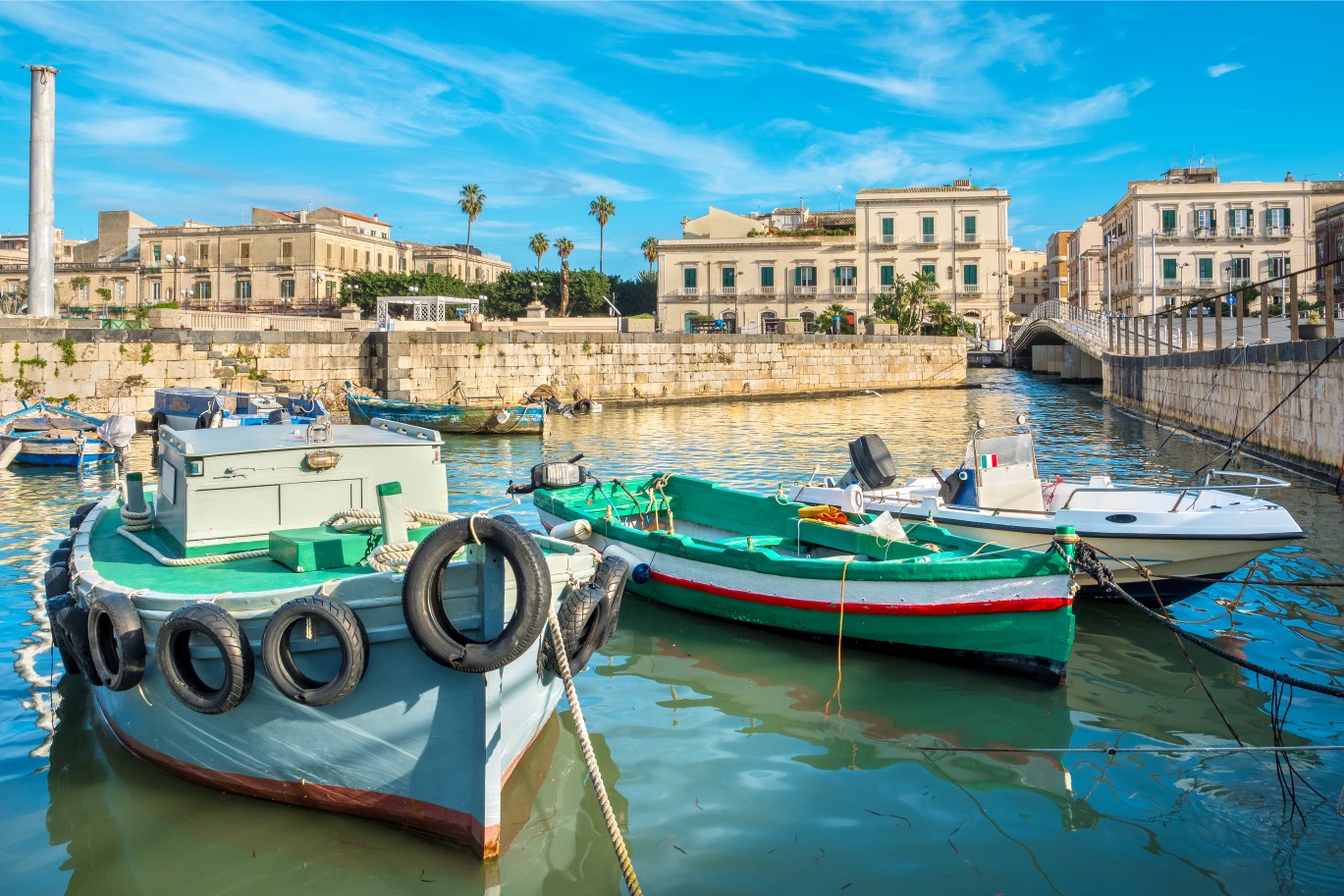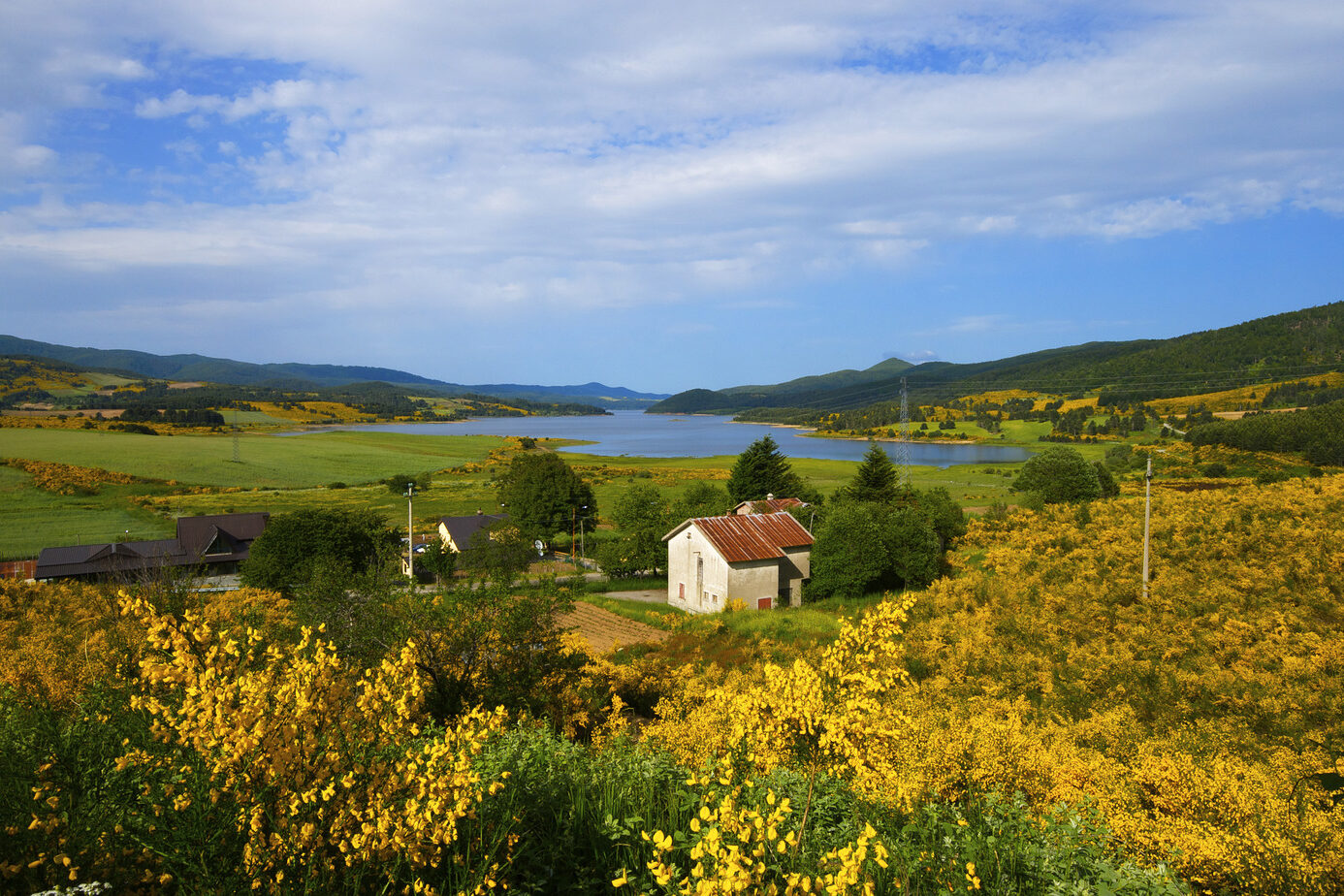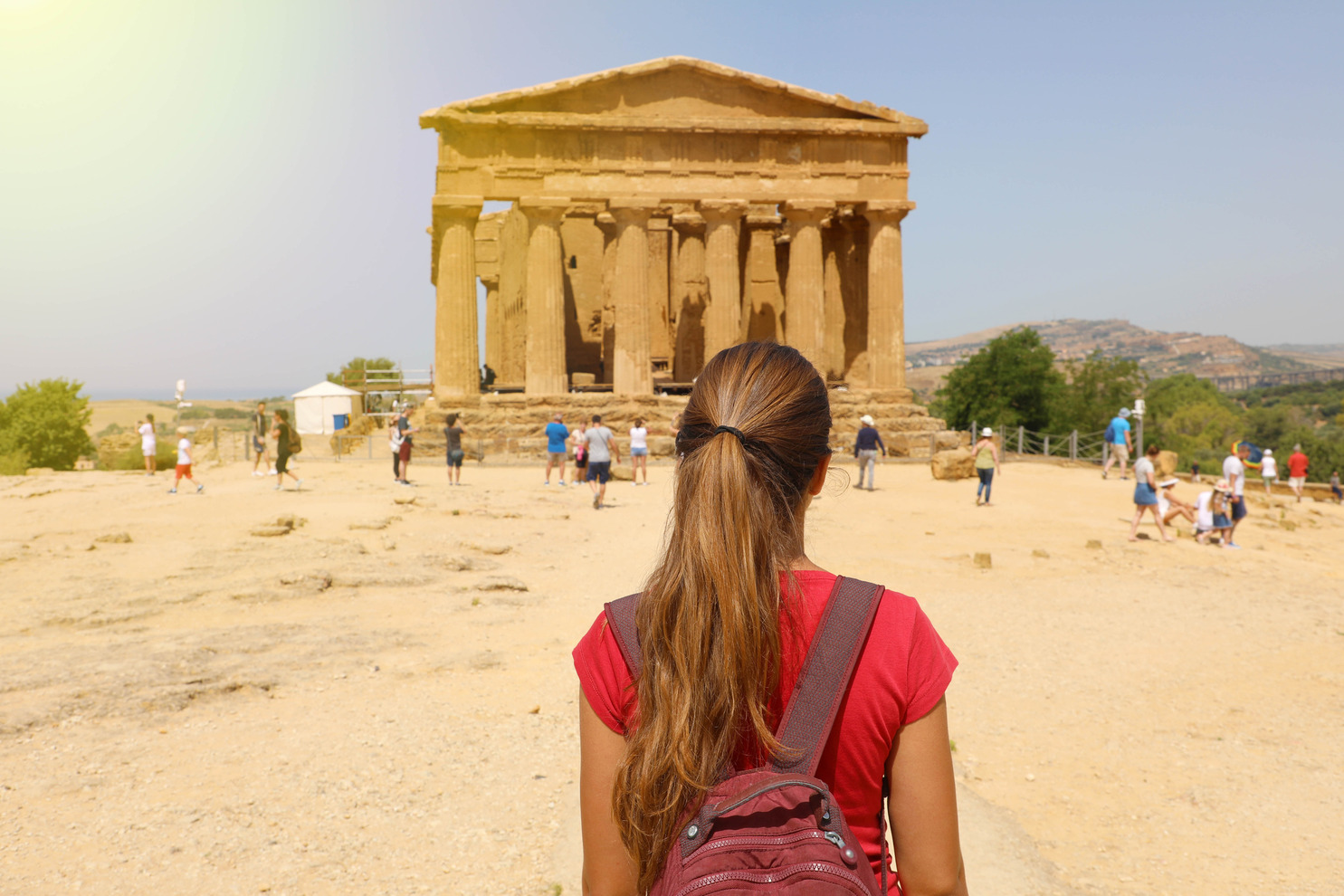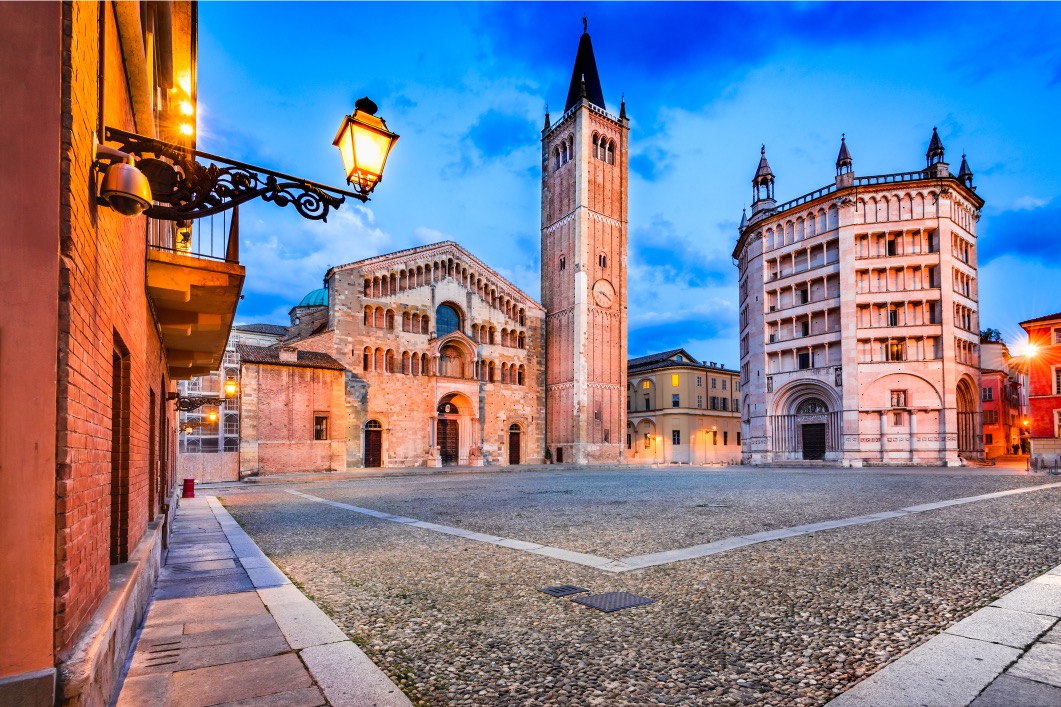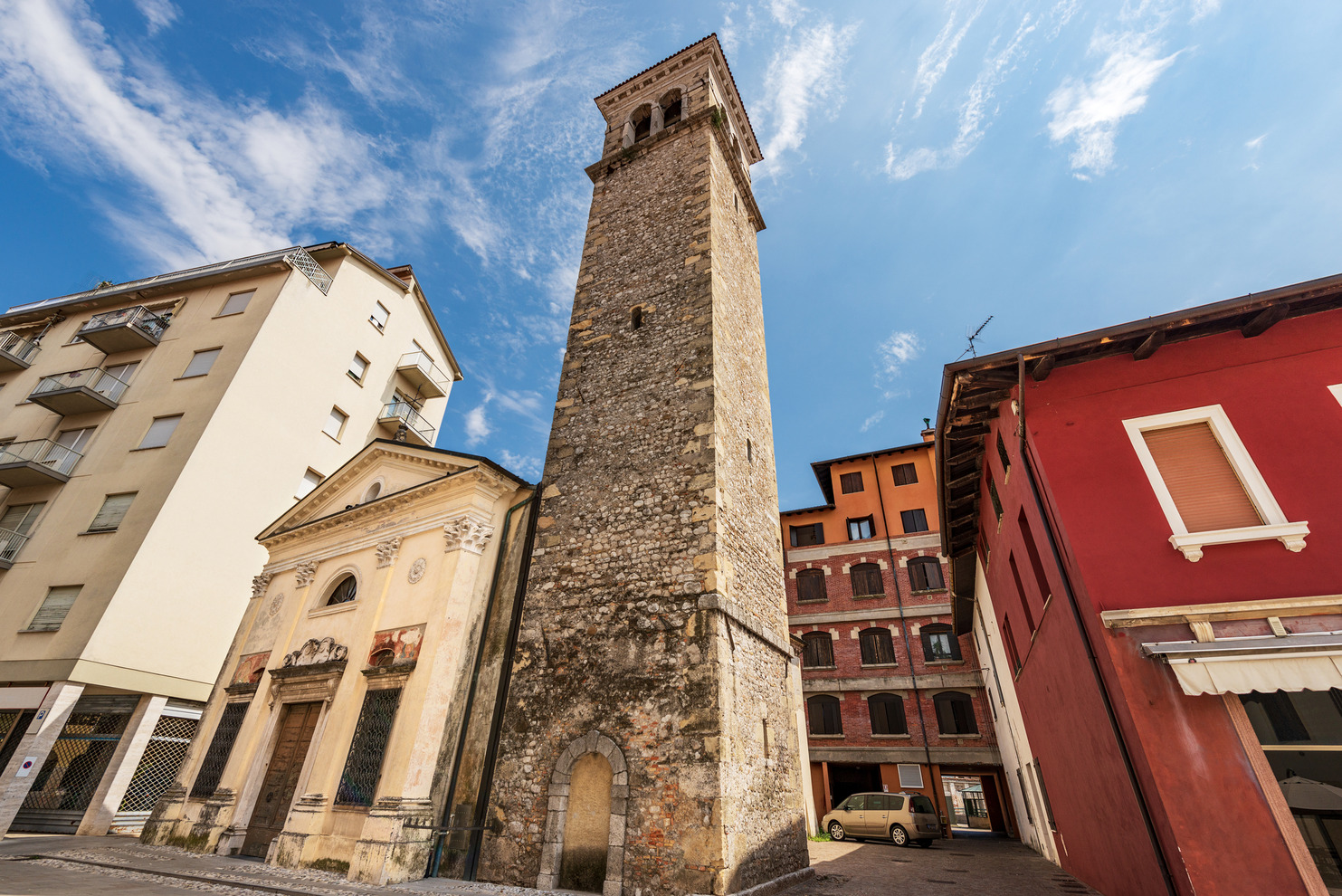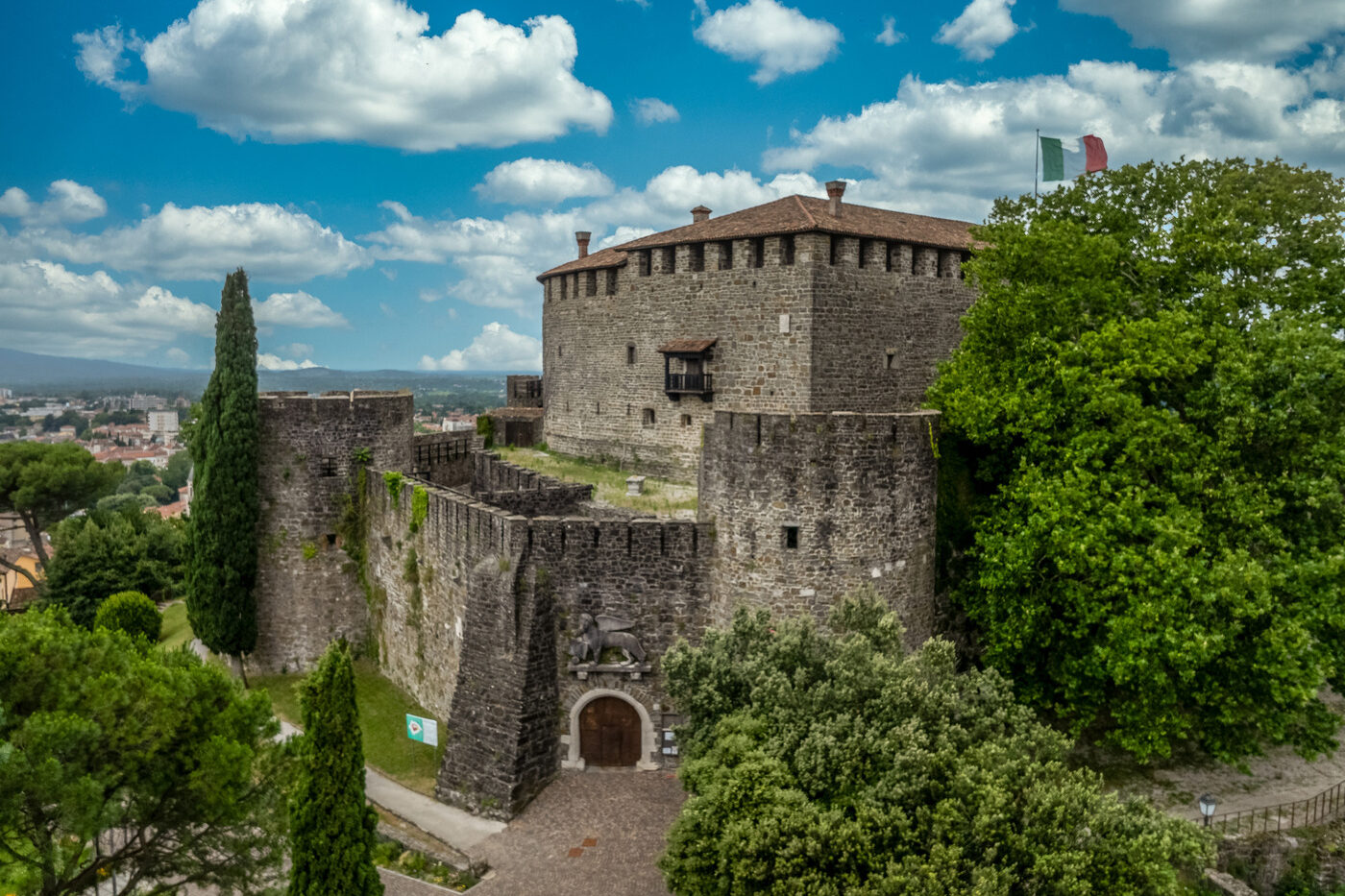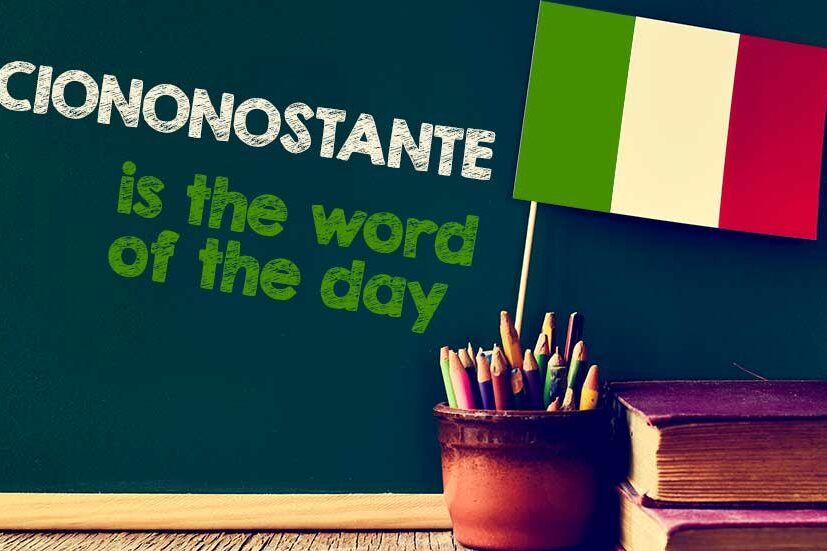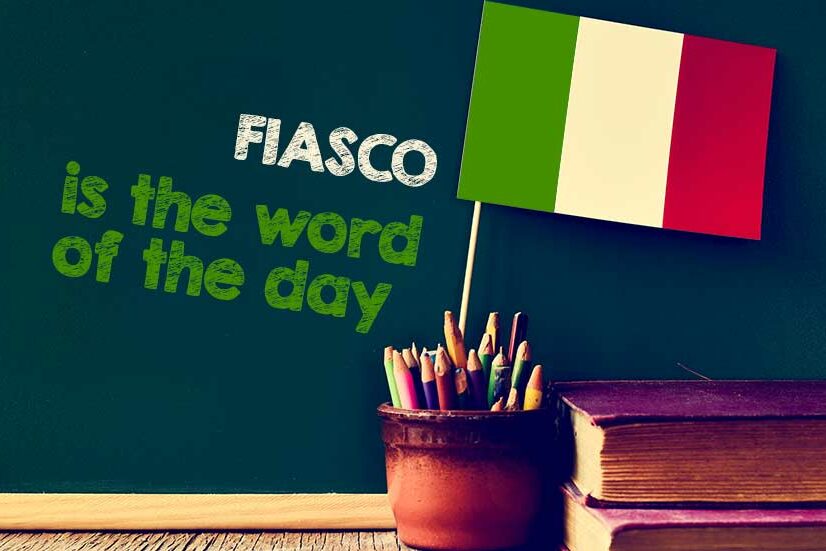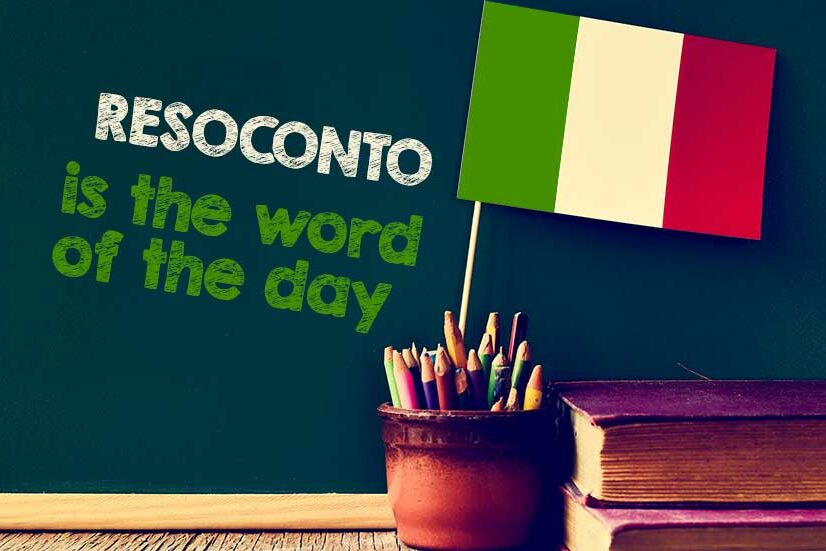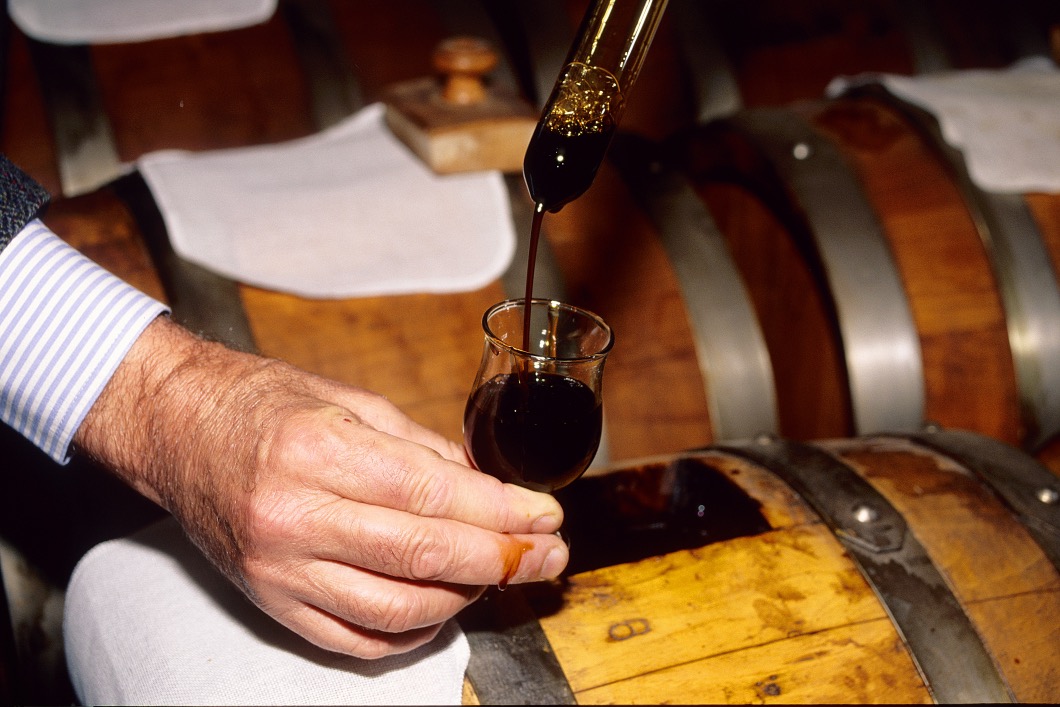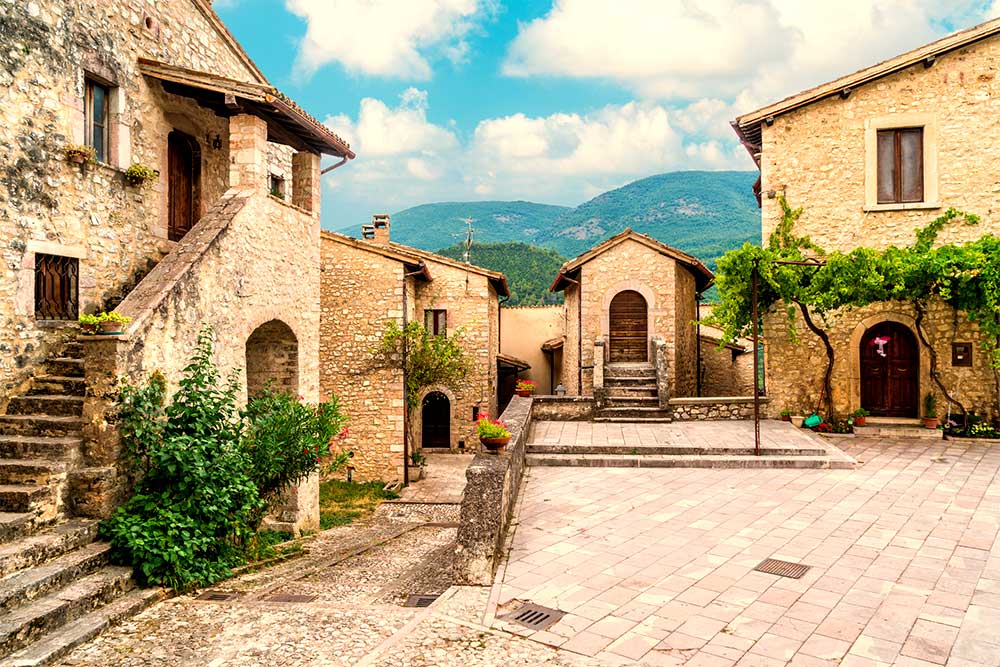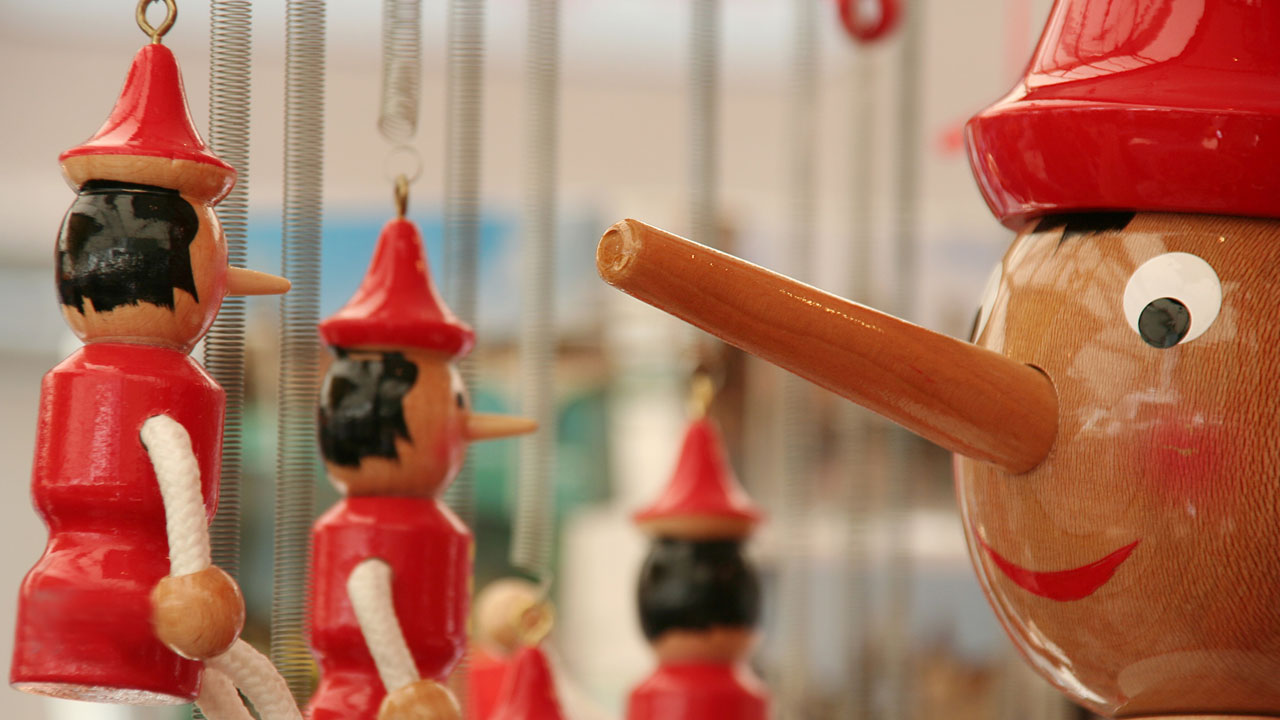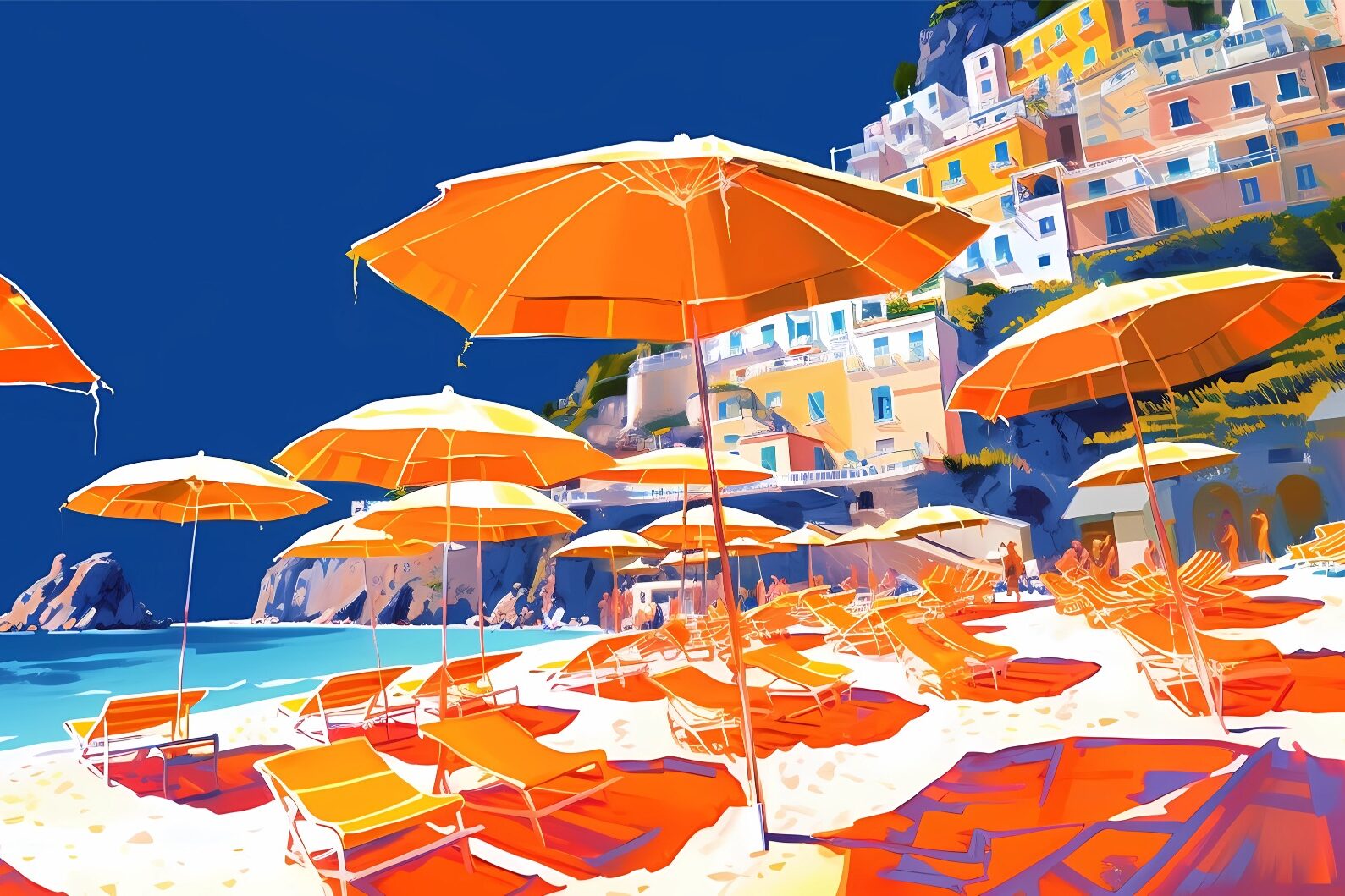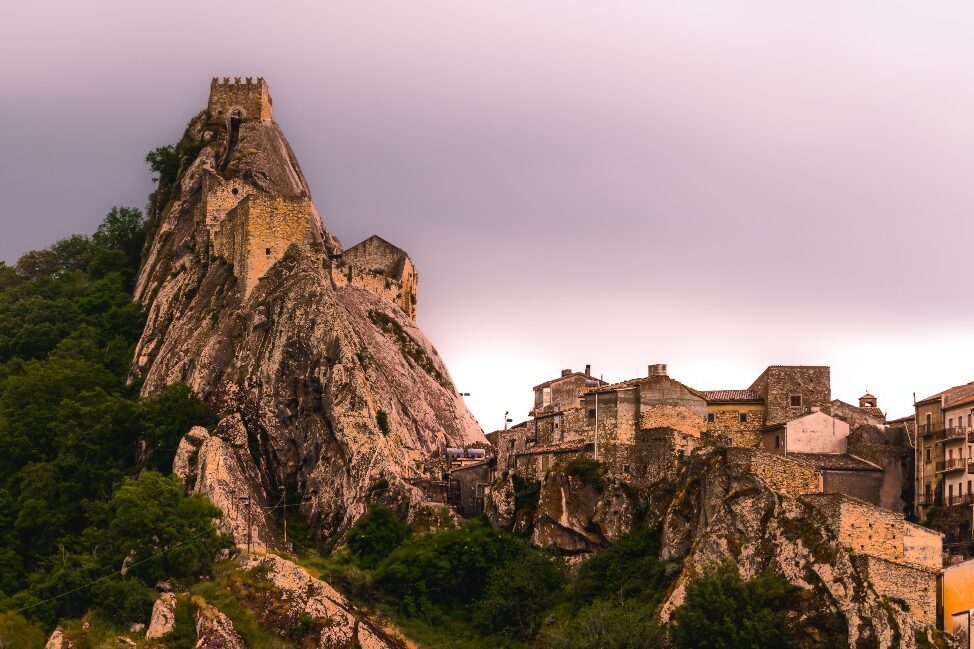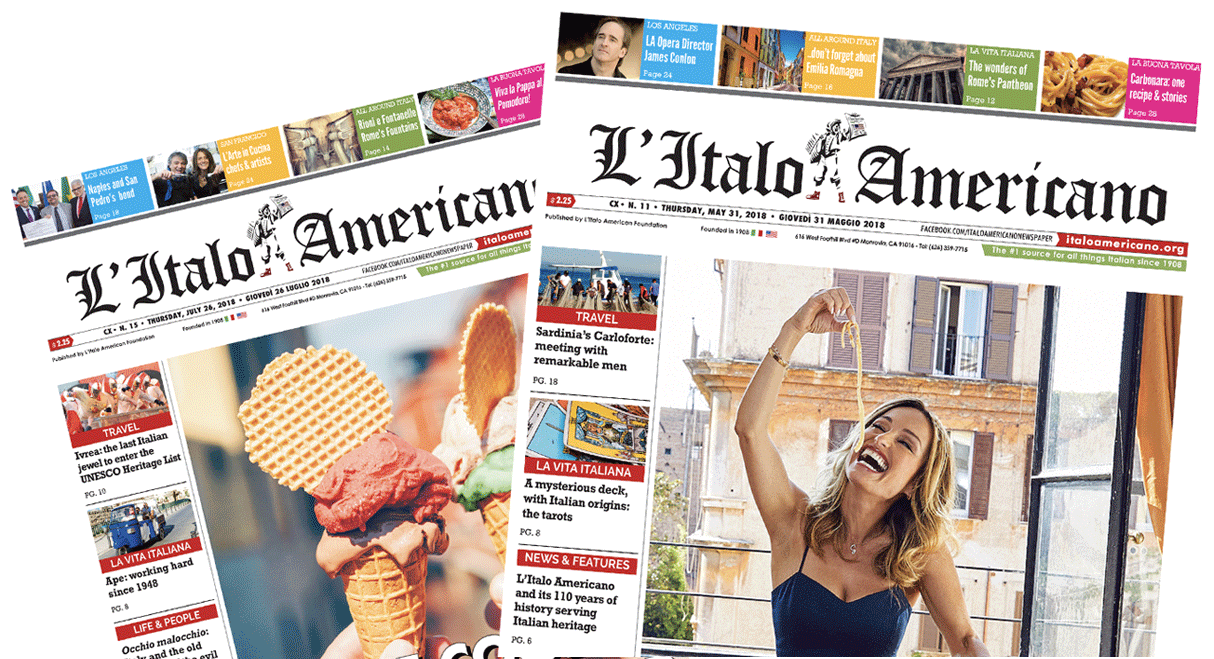The verb “rebuild” is defined in a good Italian language dictionary as follows: 1. To build again, 2. To reproduce a fact or a story using the known elements, 3. To bring back a text to its original trying to integrate the gaps and correct any alterations. As for the noun reconstruction, the dictionary adds: the set of economic, political and social initiatives directed towards the reparation of damages caused by a war.
All of this was what I expected that the citizens of L’Aquila could do immediately after the funerals of the 309 victims of the earthquake, which took place on Good Friday of 2009. But things went differently.
The city was emptied, the center became a red zone, impenetrable, and I could not attend the funerals of the victims. Like many of the L’Aquila citizens that had been displaced along the coast, I was discouraged from going back into town. In late spring and early summer they began to merely speak about holding the G8 meeting in l’Aquila instead of in Sardegna, as had been decided prior to the earthquake. A surprising and unsettling decision, followed by a long period of preparations for this event which, totally estranged to the terrible tragedy that we were living, diverted resources and energy and delayed the start of the reconstruction.
The immediate need to provide shelter to 50,000 people who were left homeless, was an opportunity to quickly build the so-called “New Towns”, clusters of houses scattered like a ring around the city, prefabricated homes piled up on concrete slabs anchored to the ground by small columns/pilings, also of concrete. The New Towns provided 4,500 lodgings (I am citing the numbers from memory), to which villages of wooden houses were added, like that of Onna, for example.
The construction of these houses was enough to spread the news that the reconstruction of the city was done so that all the residents of L’Aquila would have shelter, causing bitter controversy and heated discussions. I still feel all the useless, bitter and divisive words of exasperated onlookers as an open wound, in a moment when unity was necessary.
But at what point is the true reconstruction of the historical center of the city now, at the end of August of 2016? Entering from the L’Aquila West highway, and running along the access roads to the expanded and improved city after the earthquake, you see a multitude of cranes soaring upwards indicating the work sites.
The newer buildings of the suburbs have been renovated or torn down and rebuilt, and are all occupied. Very different from this is the situation of the oldest part of the center where you can still find abandoned rubble heaps. After the earthquake of Amatrice, I hear it being said that their center is also dangerous. The quake may have damaged many, too many of the buildings that are still standing but secured for safety, wooden poles, twisted iron bars and ties that hold together columns, buildings and ancient walls. Still closed are some alleys and small lateral buildings. It has only been a few years that we have begun to see once again the buildings of the central point of the city. Only a few habitants or empty. For too long have the residents been away, suddenly uprooted from their homes leaving countless for rent and for sale signs seeking new owners. Furthermore, the possibility of selling their homes to the town hall at a price before the earthquake and to buy elsewhere, has contributed to emptying out the city.
It is nice to see signs indicating new activities in the town center. I read with pleasure a sign that I saw today on a restored building along the narrow road near Fontana Luminosa. On the first floor, four windows bear a name and a job: Liutaio, Violin Maker. Beautiful, our wish is that many other craftsmen/artists such as this violin player arrive.
I have shared my personal memories as a way to express deep sympathy for the pain of loss of so many human lives and also some hope for the earthquake victims of Amatrice and the surrounding towns. I wish all politicians, central and local, agree on the ways and the contents of the reconstruction process together with the citizens, thus avoiding divisions and opposing onlookers. I also hope that the politicians do not waste time on unnecessary antics and do not spend money on permanent- temporary construction.
Above all, I would like that both public money as well as money from private donations, be spent honestly to bring cities and villages back to their original structures and shapes, of course as much as possible. In 2016, you can no longer rebuild in stone and bricks like in ancient times, but at least special care should be taken so as to not strip through contrasting interventions the ancient appearance of the town center of its discreet beauty, harmoniously inserted in the natural environment.
The most recent news found on Facebook: Alarm from the National Institute of Geophysics and Volcanology: “waiting for 30 even stronger earthquakes in Italy” What should be done?
